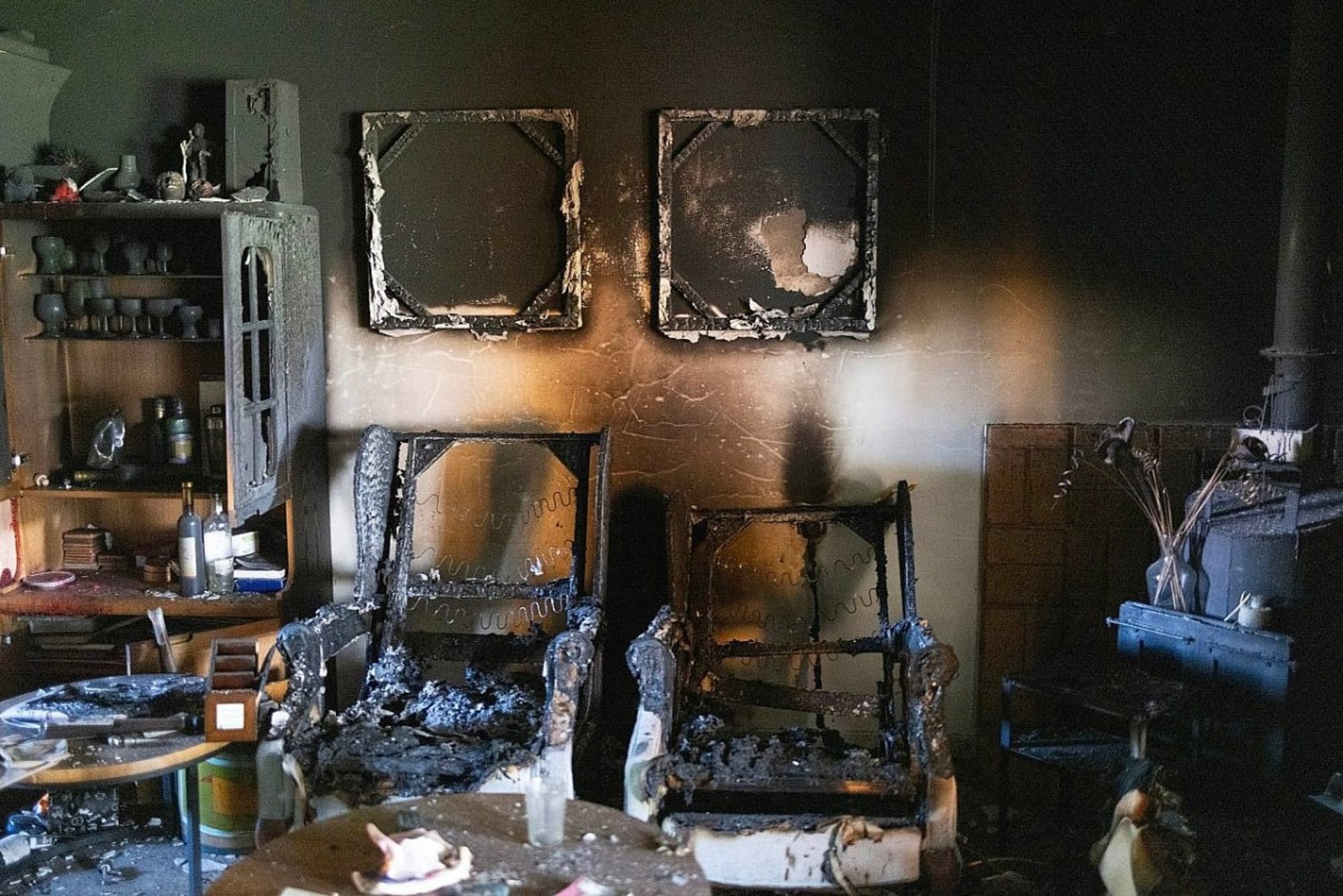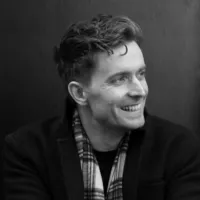On slaughter and solidarity
As conflation and confusion abound after 7 October, we need clear thinking about antisemitism.

As people take to the streets in their hundreds of thousands in protest against Israel’s slaughter of Palestinians in Gaza, a struggle is underway around how to recognise and respond to antisemitism in the UK. Without doubt the rise in antisemitism is real, but our predominant way of understanding it entrenches enmity and leaves us unable to comprehend what is happening to Palestinians. We urgently need to find another way forward.
We know that Hamas has promoted antisemitic ideas and that it has committed war crimes. Outside of Israel, Jews have been abused, threatened and assaulted. From France to Dagestan, recorded antisemitic incidents are sky-rocketing. In Britain, in the two weeks after 7 October, they rose by 1,353 per cent compared with the same period last year. Many Jews, shocked by recent events, are fearful for themselves and their families.
In this climate of growing insecurity, we need clarity about antisemitism so that we can properly identify and combat it. Instead, the conflation of anti-Zionism with antisemitism is widespread in European politics, the Jewish mainstream and the corporate sphere. The home secretary expressed this tendency when she suggested that flying the Palestinian flag may be an expression of antisemitism.
Alongside this conflation we also have confusion, as the past is called upon to make sense of our present. Hamas’s slaughter of civilians on 7 October is widely being understood as the most recent iteration of a long, inevitable and deadly history of antisemitism. As 70-year-old Amit Halevi, mayor of the torched Be’eri kibbutz asked hauntingly, “What is this, some pogrom in Lithuania?” It is not only Jews in Israel and beyond who are understanding these events in these terms. Rishi Sunak pronounced in a similar vein that “we should call it by its name: it was a pogrom”.
It is easy to see why, for many, the indiscriminate killing of old and young in southern Israel carries echoes of a past etched in Jewish collective memory. But the analogy is misleading in significant ways.
The word pogrom, derived from the Russian verb gromit – to plunder, destroy – passed into common usage in the English language in the early 20th century as news spread of atrocities carried out against Jews in Imperial Russia. These were lands where Jews were structurally discriminated against, where laws prohibited their full participation in civic and political life, and in which they were deemed to be carriers of an inferior, alien culture. The pogroms were violent acts by sections of the majority population against a racialised minority lacking in rights or state protection. The intention was to keep that minority in their place.
Describing Hamas’s 7 October massacre as a pogrom encourages us to ignore the vast difference between the low status of Jews in eastern Europe in the late 19th and early 20th centuries and their place in Israel today, where they constitute the majority population in a state boasting one of the world’s most formidable armies. It leads us to imagine a world populated in perpetuity by beleaguered Jews and their powerful enemies.
The reality today is different, as Israel’s remorseless bombing of Gaza, its blockade and its displacement of hundreds of thousands of men, women and children shows. This nightmare, now unfolding before our eyes, is comprehended with good reason by many Palestinians as a second Nakba.
In fact, we find a closer fit to a pogrom in the violence of armed Israeli settlers who rampaged through the West Bank town of Huwara in February, setting houses ablaze and leaving one dead and over a hundred injured. This was not an isolated event, but part of a pattern of continuing state-backed settler violence that has spread dramatically since 7 October.
We need clear thinking as we try to comprehend and respond to what is unfolding in Gaza and the occupied territories, and the simultaneous reality of antisemitism. Instead, Israel’s spokespeople and cheerleaders around the world present us with a litany of analogies – in which Hamas is described as “Nazi”, or “Isis”, 7 October is likened to 9/11, and the UN secretary general is accused of peddling a “blood libel” for daring to provide a context for the massacre in southern Israel.
These analogies do nothing to help us understand the antisemitism Jews face today. And they are also used to justify the collective punishment of the population of Gaza, which is widely portrayed as a battle for civilisation in the face of barbarism.
This juxtaposition, steeped in colonial racism, fails to convince in the face of Israel’s own actions and the rhetoric of its leaders. Israel’s Minister of Defence, Yoav Gallant, proclaims, “We are fighting human animals and we act accordingly”. We see the outcome of this incitement as the number of dead in Gaza outstrips the supply of body bags.
In this bleak moment, history provides us with hidden traditions that offer a more effective way to combat antisemitism. When anti-Black violence erupted in August 1908 in Springfield, Illinois, Russian-Jewish migrant Anna Strunsky immediately recognised it as an extension of the Kishinev pogrom of 1903. In seeing the similarities between the daily discrimination and explosive violence suffered by Jews in tsarist Russia and by Black people in the United States, Strunksy was able to build a vital and consequential form of solidarity. This expansive way of understanding racism led her to reject solutions solely aimed at helping Jews alone and, the following year, she co-founded the National Association for the Advancement of Colored People (NAACP).
Another of that organisation’s co-founders was the sociologist and pan-Africanist W.E.B. Du Bois. Some decades later, following a visit to the Warsaw ghetto, Du Bois reciprocated Strutsky’s approach. Grappling with antisemitism gave him, in his words, “a more complete understanding of the Negro problem … which was no longer in my mind a separate and unique thing as I had so long conceived it”.
The political projects and alliances arising from these encounters were never easy to realise and not always successful. But what Strunsky, Du Bois and others like them understood is that their own experience of racism could generate solidarity with others. The principle that guided them can be found today, among some Israelis and Palestinians and in their respective diasporas, as they confront mounting racism and violence.
While bringing an end to the immediate crisis falls to politicians and diplomats, for the rest of us the task remains to build a politics of human freedom fit for the 21st century; one that is clear sighted about racism in its multiple forms, including when it rises to the surface among those whom it also claims as its victims. This may seem a distant prospect in the current moment, but the alternative is already before us. ▼
David Feldman is director of the Birkbeck Institute for the Study of Antisemitism.
Brendan McGeever is senior lecturer at the Birkbeck Institute for the Study of Antisemitism.
Authors

David Feldman is director of the Birkbeck Institute for the Study of Antisemitism.

Brendan McGeever is senior lecturer at the Birkbeck Institute for the Study of Antisemitism.
Sign up for The Pickle and New, From Vashti.
Stay up to date with Vashti.



